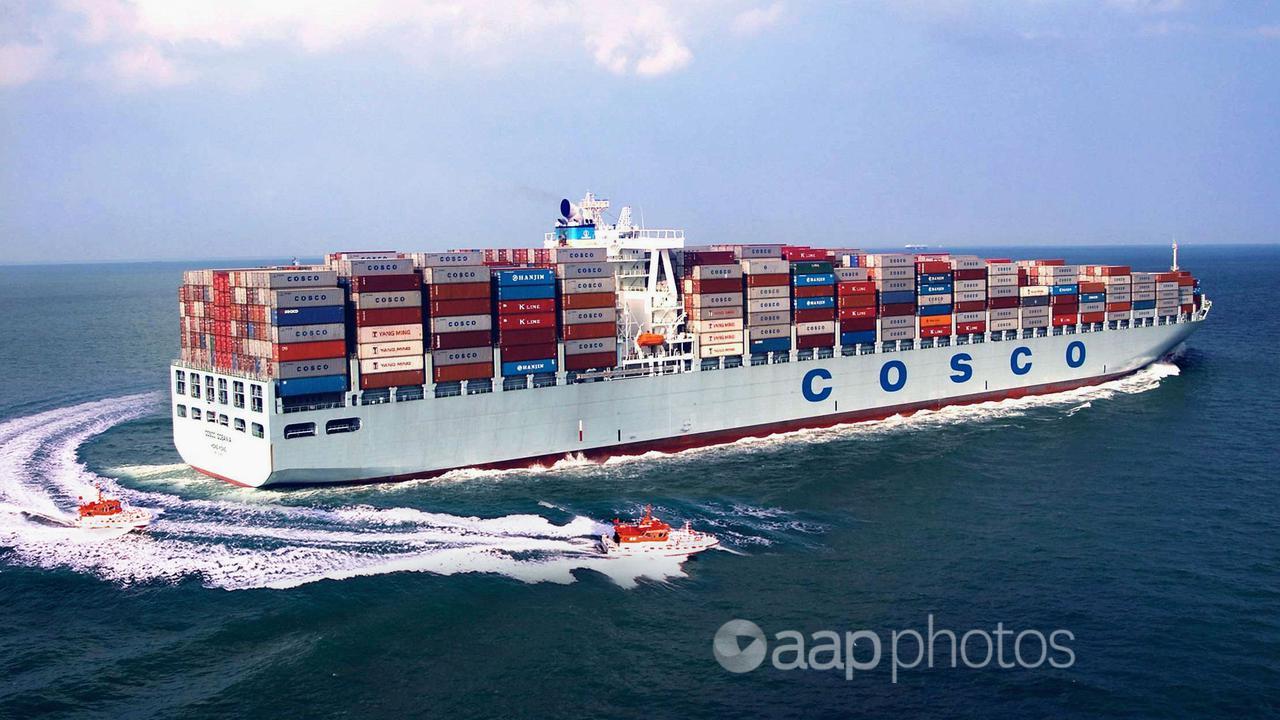It’s a well-known fact of bathroom life. Hopping into a bath causes the overall water level to rise, sometimes alarmingly high if it’s overfilled.
But does this simple example of Archimedes’ principle translate to adding more and more ships to the world’s oceans, thus causing sea levels to rise.
A Facebook post suggests global warming may not be the only cause of rising sea levels. The post claims a huge increase in global shipping over the past 50 years has contributed to rising sea levels.
“I know it has had some impact & I find it strange that it is never mentioned as being a contributing factor to rising sea levels over the last 4 or 5 decades, only global warming & climate change are ever mentioned as causes,” the poster says.
But the assertion is false. Experts say global shipping has a negligible effect on sea levels.
Science author and commentator Dr Karl Kruszelnicki explored the slippery ships and sea level question in an ABC Great Moments in Science podcast in 2018.
Dr Karl concluded: “If you removed all the world’s ships and put them on dry land, the level of the oceans would drop – but only by a tiny amount and in less than a day, climate change would have brought the water back to its original sea level. So the worry about ships causing sea level rise, well that’s just a storm in a tea cup” (audio mark 5min 11sec).
Dr Ben Hamlington, a research scientist at NASA’s Jet Propulsion Laboratory in the Sea Level and Ice Group, agreed.
“This is true,” Dr Hamlington told AAP FactCheck in an email. “The ocean is so large that removing all the ships would only result in a change in global sea levels on the order of a few microns, that is, a few millionths of a metre. On its own, the melting of ice sheets is contributing, on average, roughly this amount to global sea-level rise every day.”
Since 1993, global sea levels have risen about 10 centimetres, as measured by satellite radars, he says.
“The main contributors are thermal expansion and ice-mass loss from ice sheets and mountain glaciers, both resulting from global warming,” Dr Hamlington said.
“Water displacement from ships is not a meaningful factor in sea level rise. The possible contribution is several orders of magnitude smaller than other physical processes over this time period. To be comparable to the contribution to global sea level rise from just the Greenland Ice Sheet on an average day, thousands of new ships would have to be added.”
Tom Baldock, who heads Queensland University’s School of Civil Engineering, said a rise in commercial shipping had not led to a rise in sea levels in any meaningful way.
“The surface area of the ocean is too large for the volume displaced by container ships to have any impact,” Professor Baldock told AAP FactCheck in an email.
Rounding the numbers, Prof Baldock says taking the displaced volume of the largest supertankers with a length of 300 metres, beam or width of 60m and draught of 25m gives a maximum volume of 500,000m3 for the largest ships.
He says assuming there are 6000 such ships as a maximum gives 3000 million m3 total displaced volume, or 3000 million tonnes displaced weight of water (one cubic metre of of water weighs one tonne).
Prof Baldock says the UK government stated in 2020 the total deadweight tonnage of the world fleet was about 2000 million tonnes. This excluded the weight of the ships, so the displaced tonnage is more than this, so “let’s take 3000 million total displaced tonnes as an upper value then,” he said.
Prof Baldock says the area of the world’s oceans given by the National Oceanic and Atmospheric Administration (NOAA) is 362 million million m2.
Dividing the displaced volume by the area of the oceans gives the drop in the ocean level if this displaced volume was removed. In numbers, 3000 million m3 divided by 362 million million m2 equals 8/1 million m, or 0.008mm, he explained.
He said current sea level rise (SLR) is about 3mm per year, or greater, which equates to 0.008mm per day when 3mm is divided by 365 days.
Prof Baldock said since the calculation probably overestimated the volume displaced by all the ships on the world’s seas, it would take less than a day for SLR to offset the reduction in sea level if all the ships were removed.
“Daily, seasonal and regional fluctuations in mean sea level are much larger than 0.008mm per day, so it’d never be noticed and ships have not contributed to SLR in any meaningful way,” he said.
The Verdict
The claim that the increase in commercial shipping has led to a rise in sea levels is false. Experts told AAP FactCheck water displaced by ships does not contribute to sea level rise in any significant way. They calculate if the global fleet was removed, the drop in water would be replaced by rising sea levels in less than 24 hours.
False – The claim is inaccurate.
* AAP FactCheck is an accredited member of the International Fact-Checking Network. To keep up with our latest fact checks, follow us on Facebook, Twitter and Instagram.
All information, text and images included on the AAP Websites is for personal use only and may not be re-written, copied, re-sold or re-distributed, framed, linked, shared onto social media or otherwise used whether for compensation of any kind or not, unless you have the prior written permission of AAP. For more information, please refer to our standard terms and conditions.


















